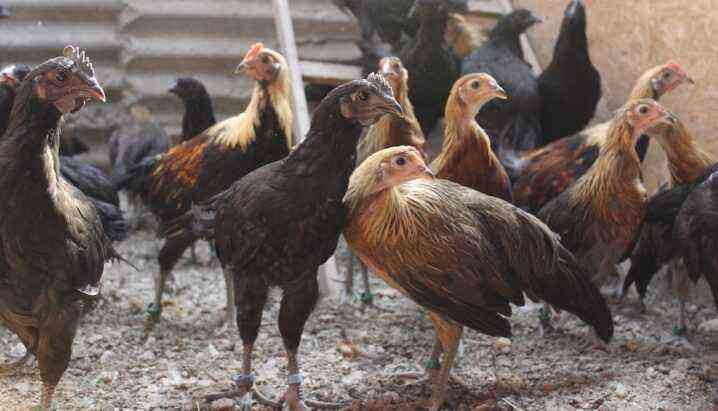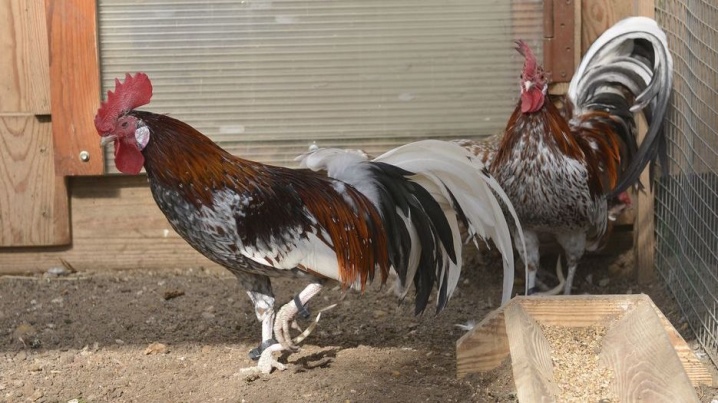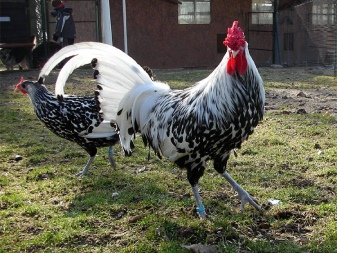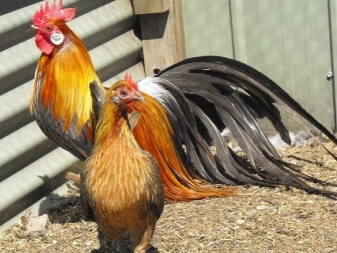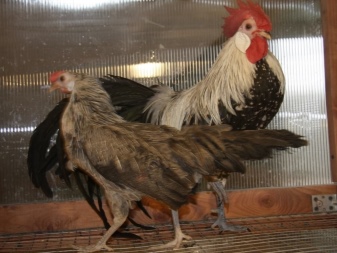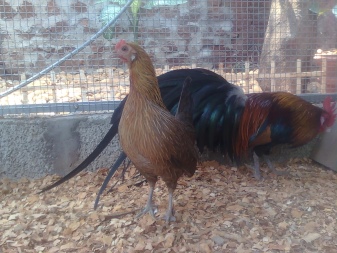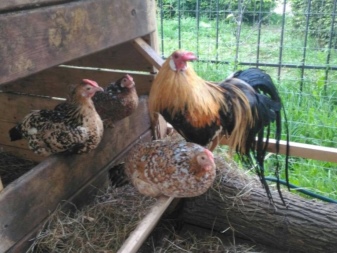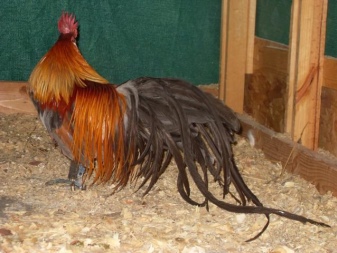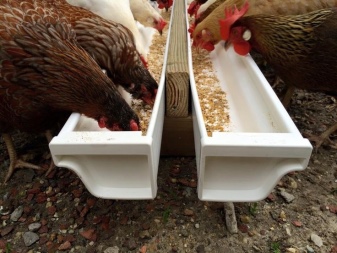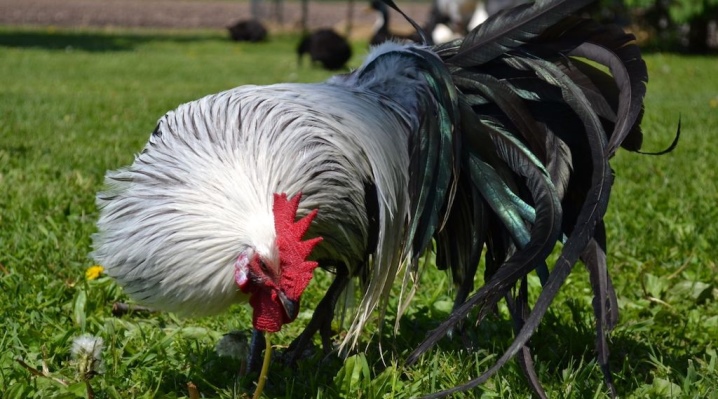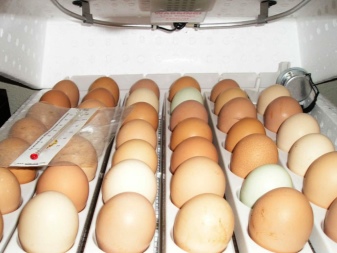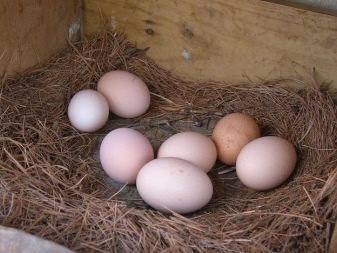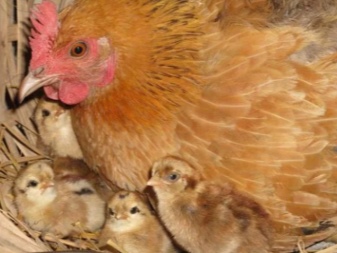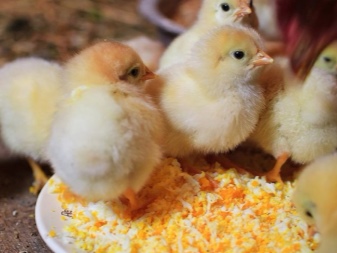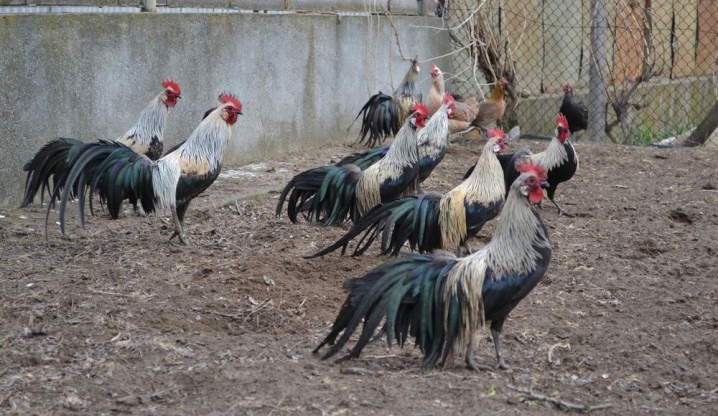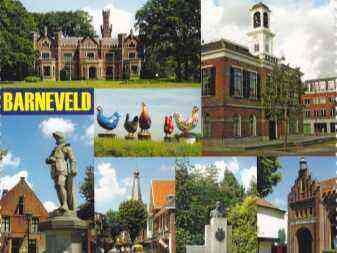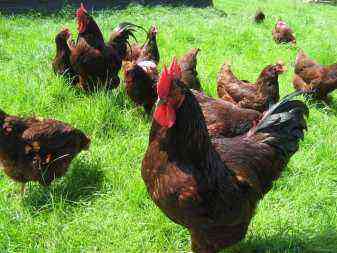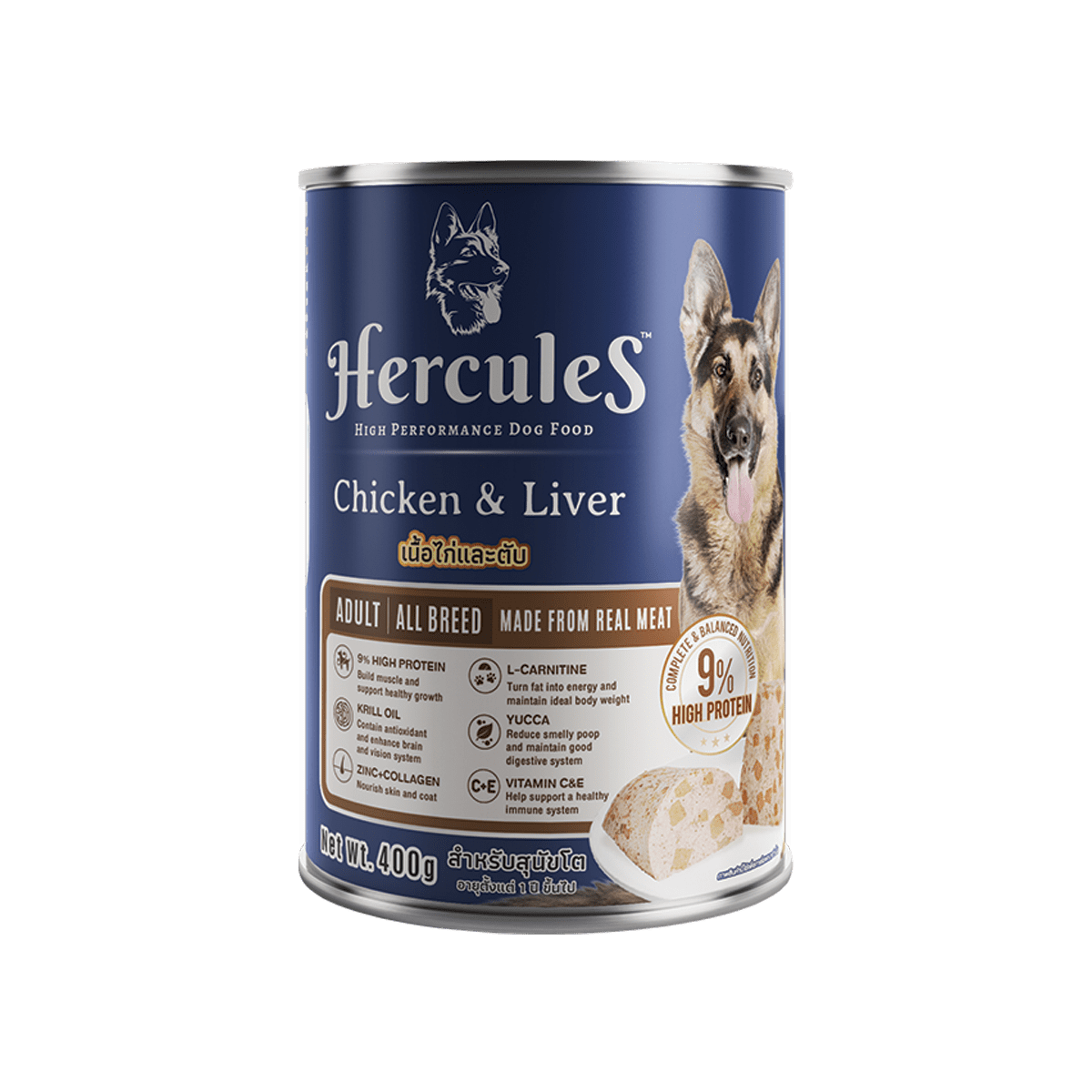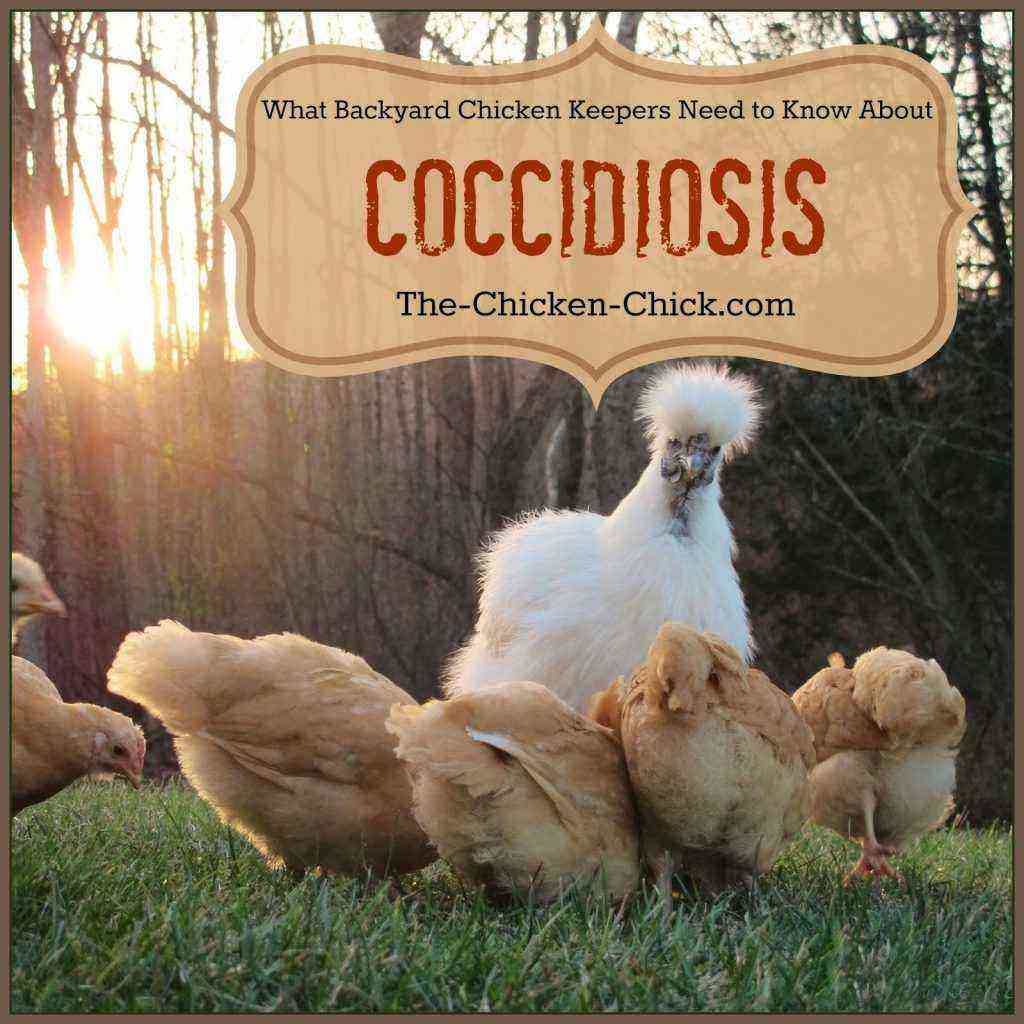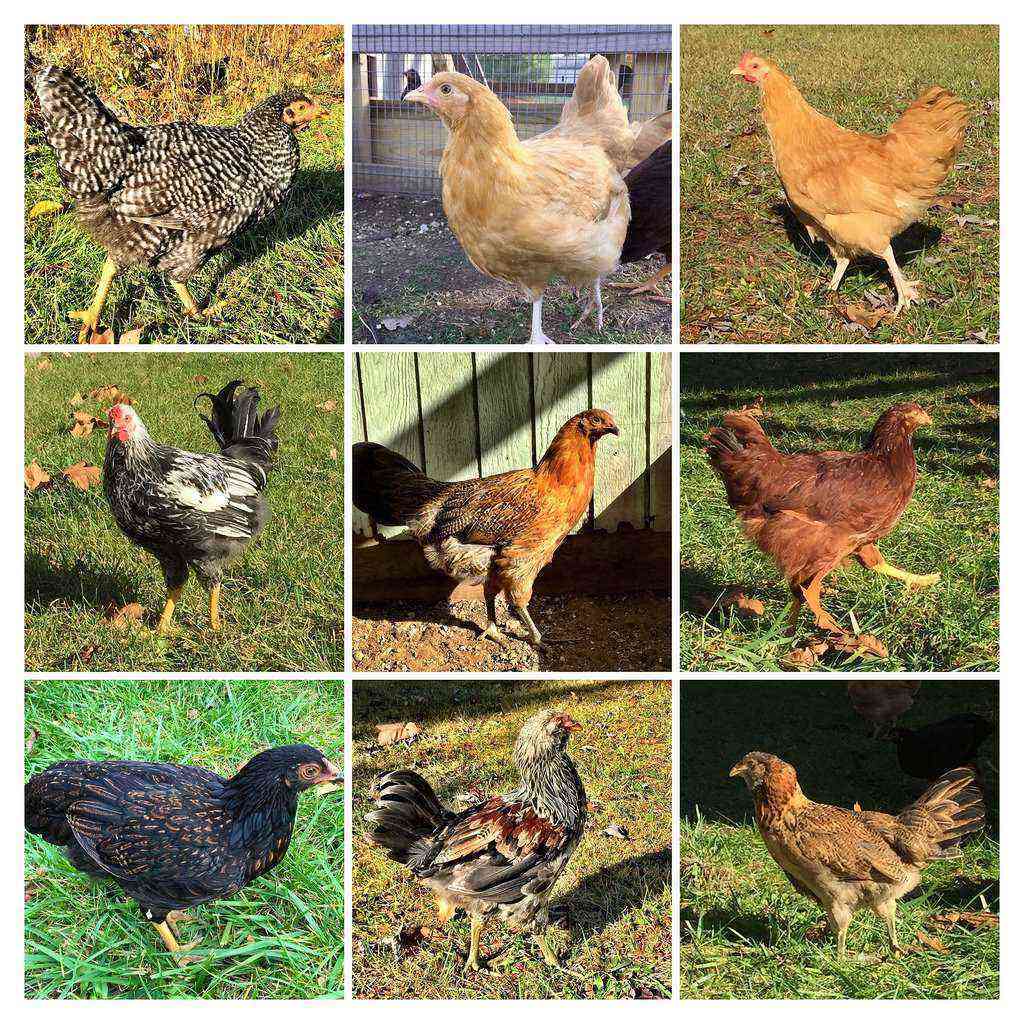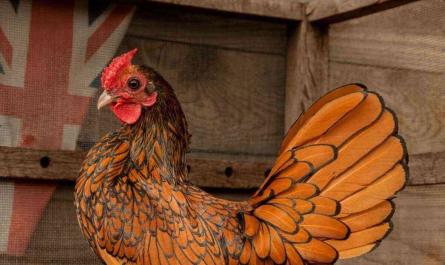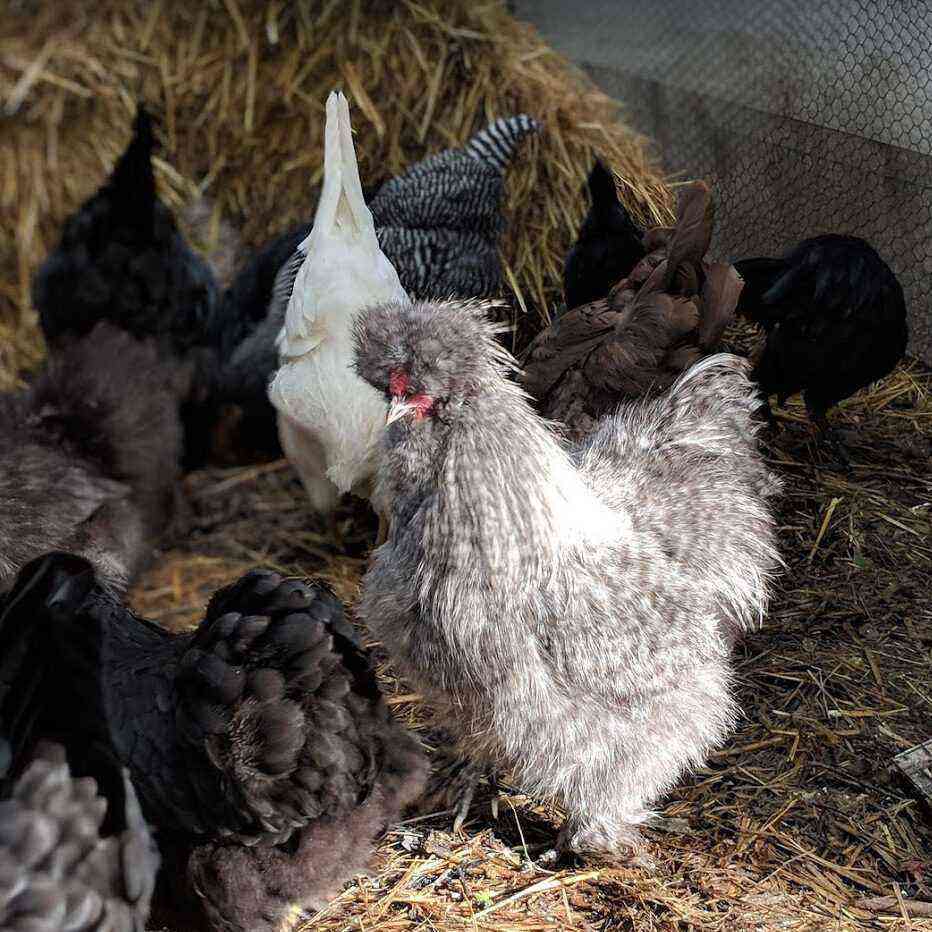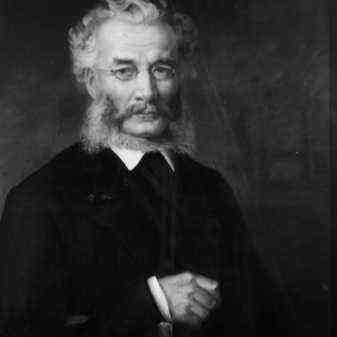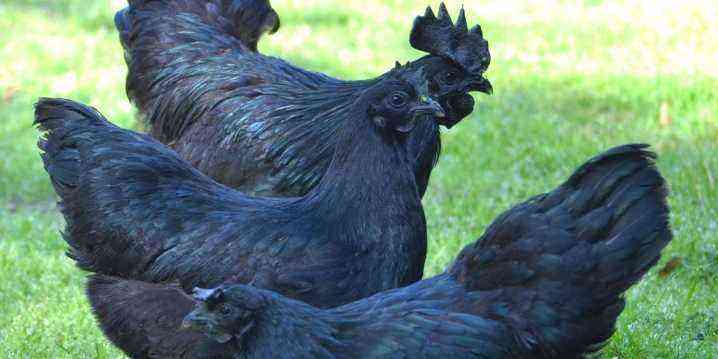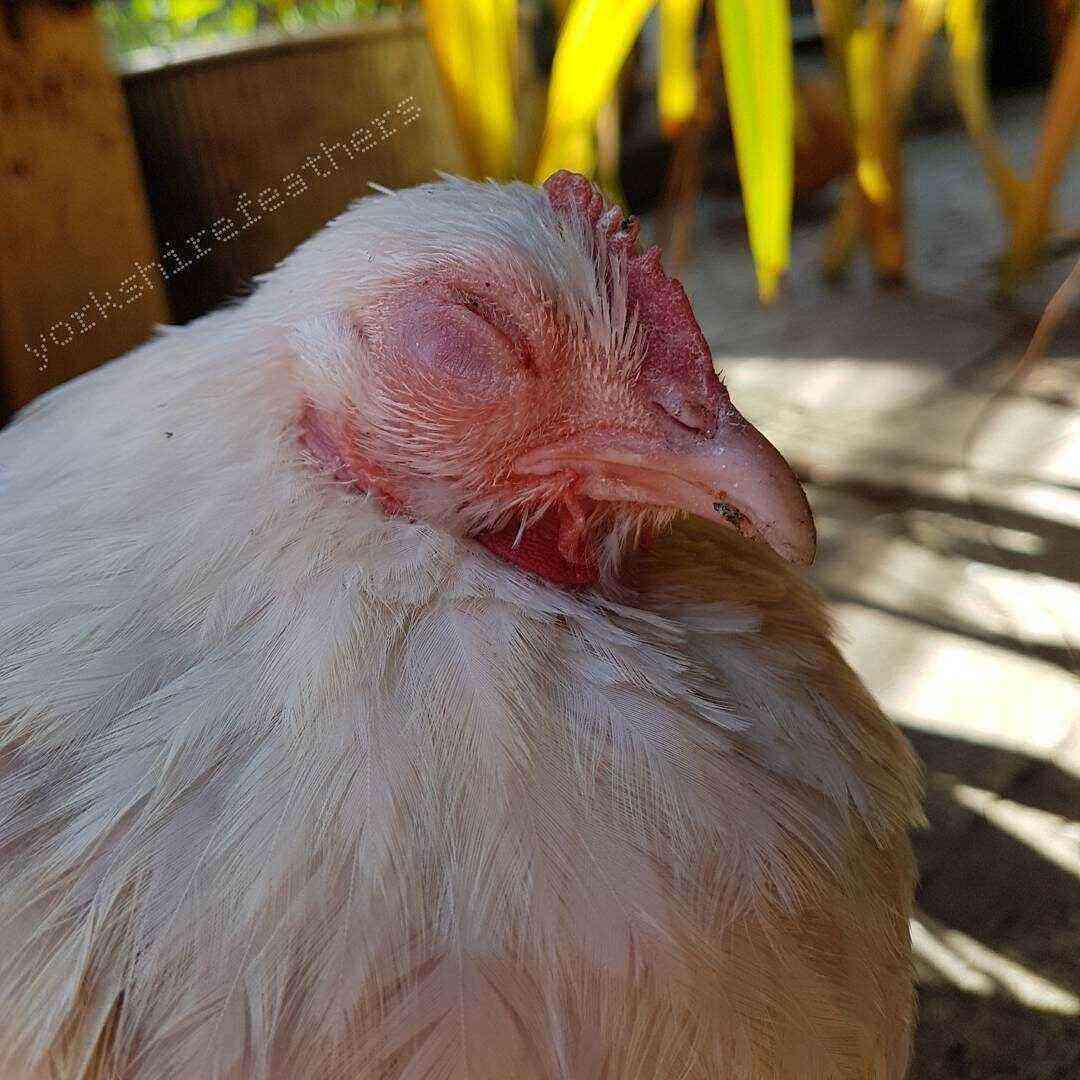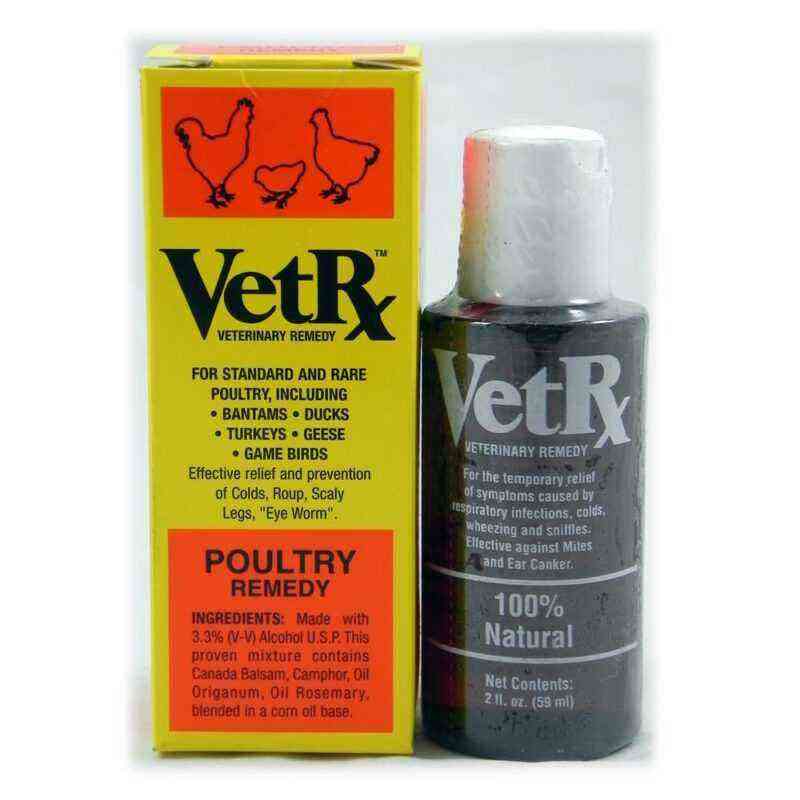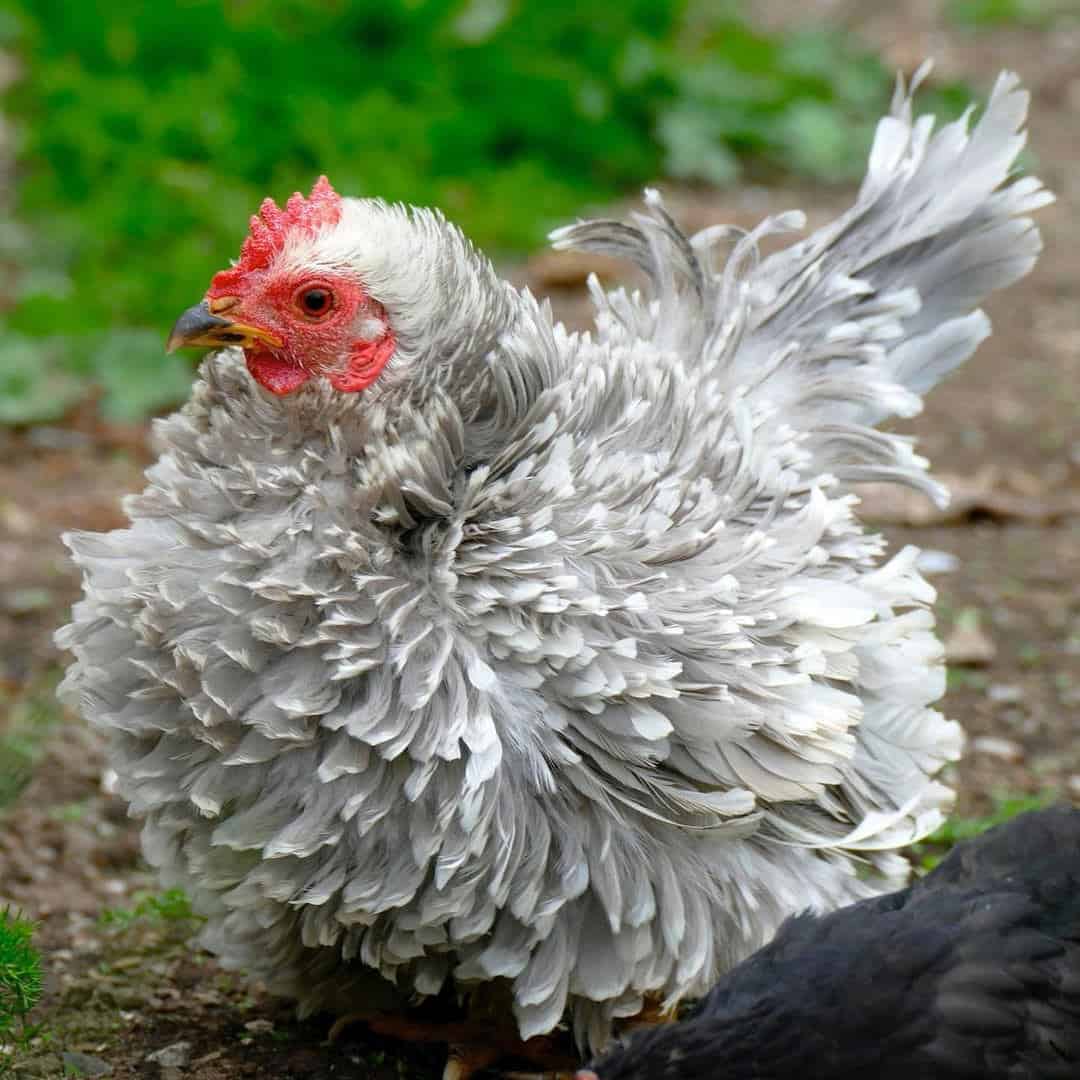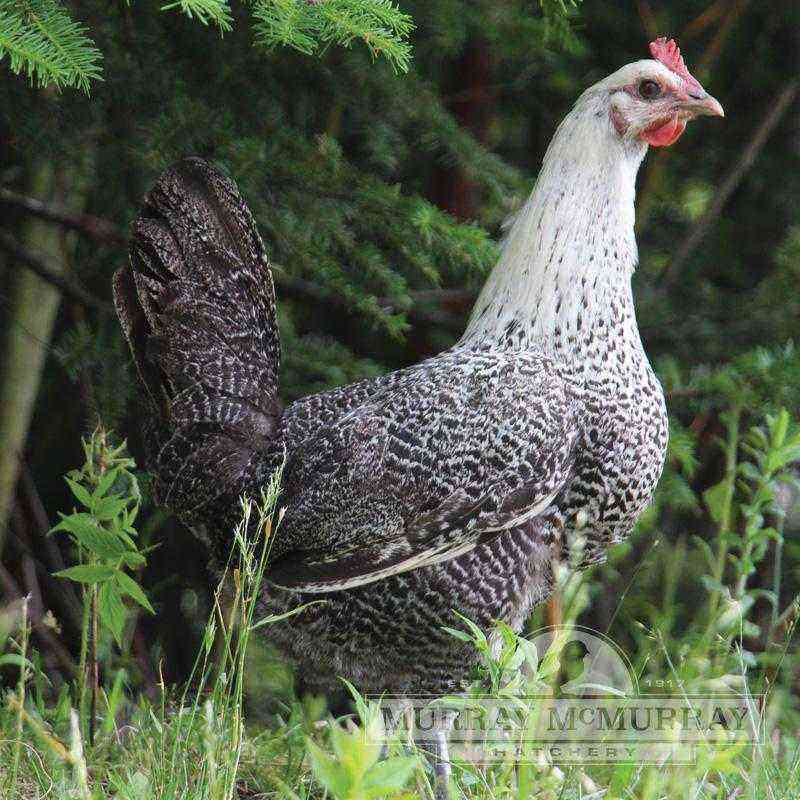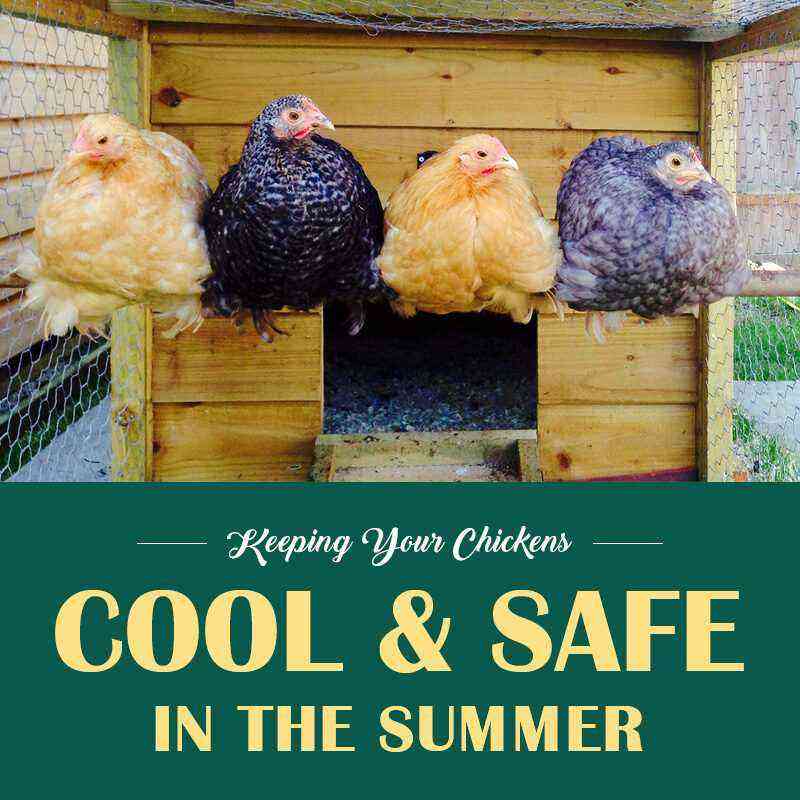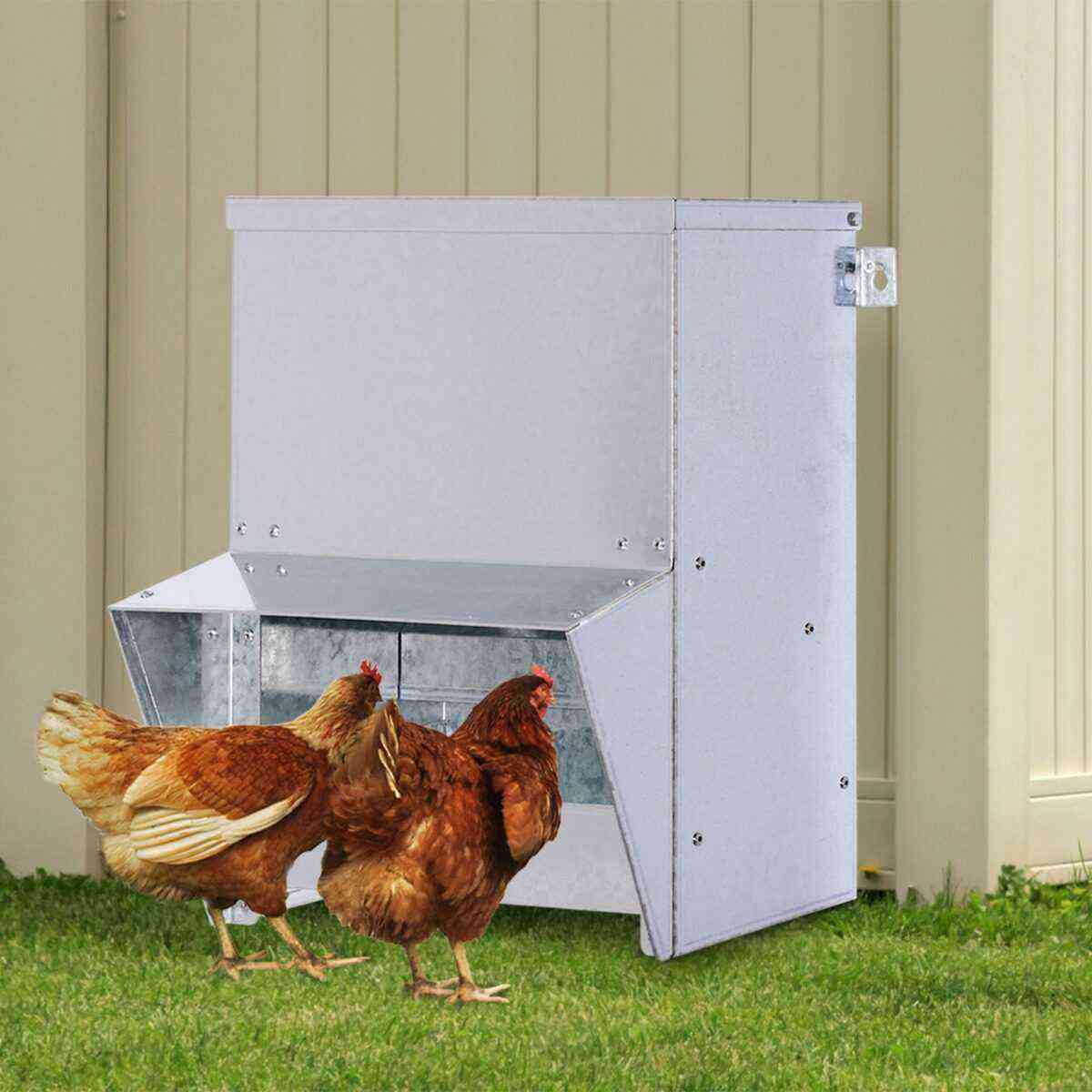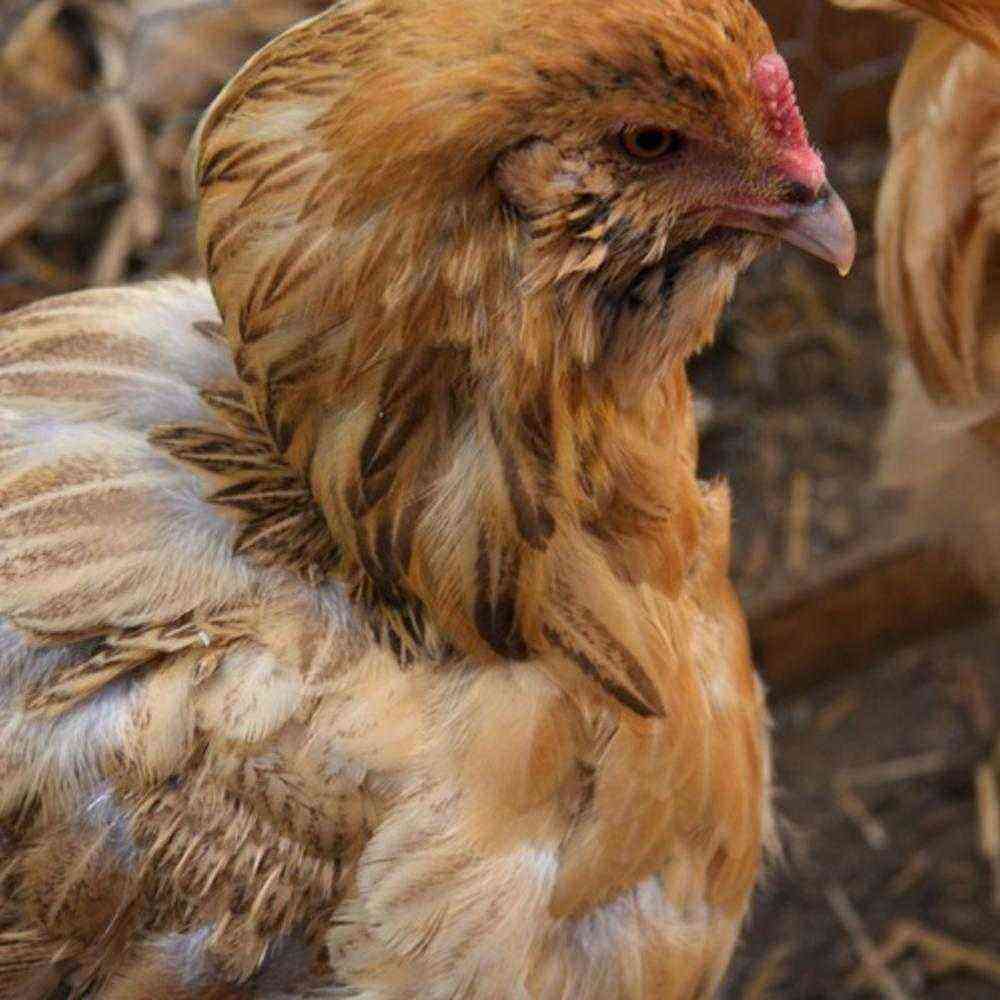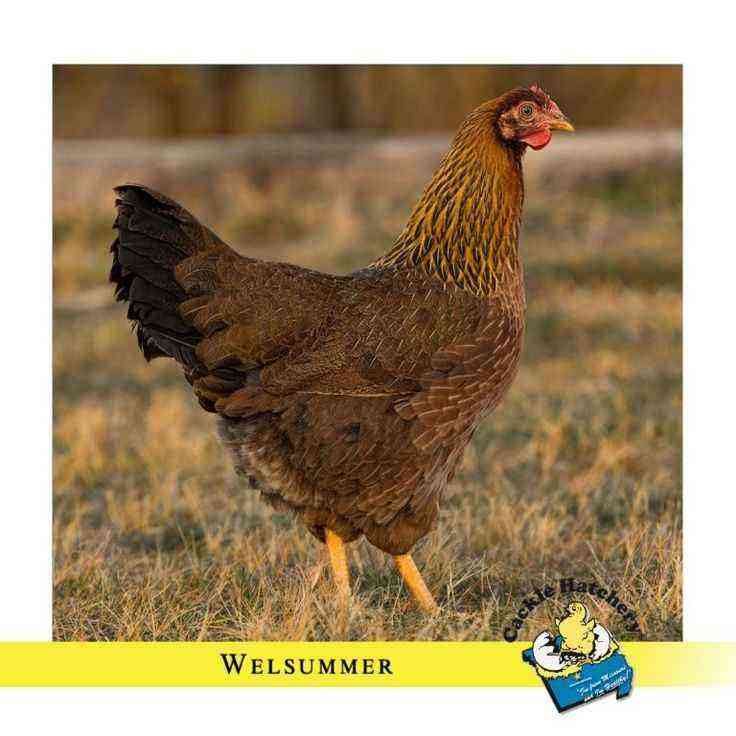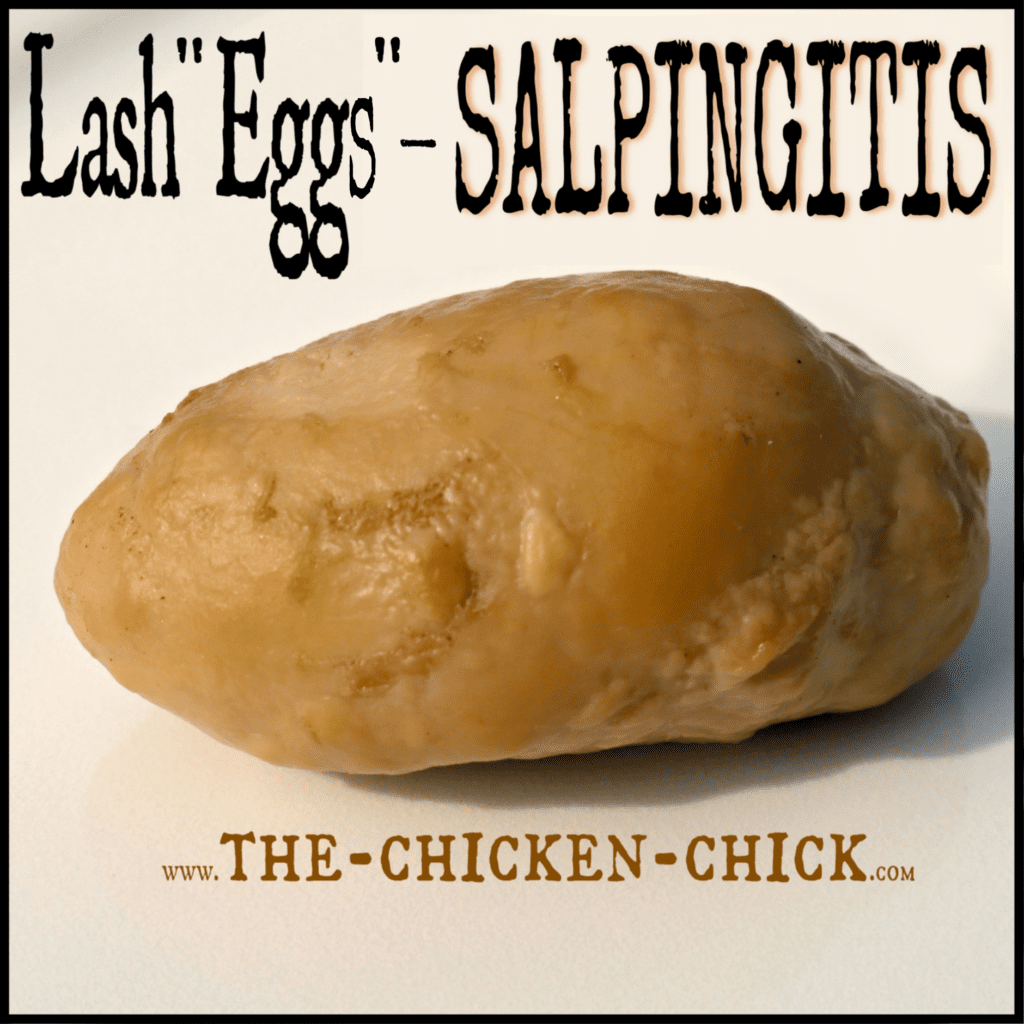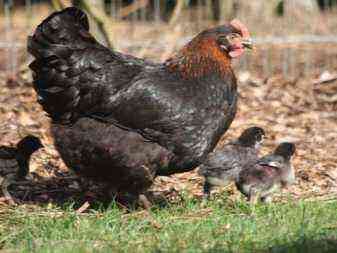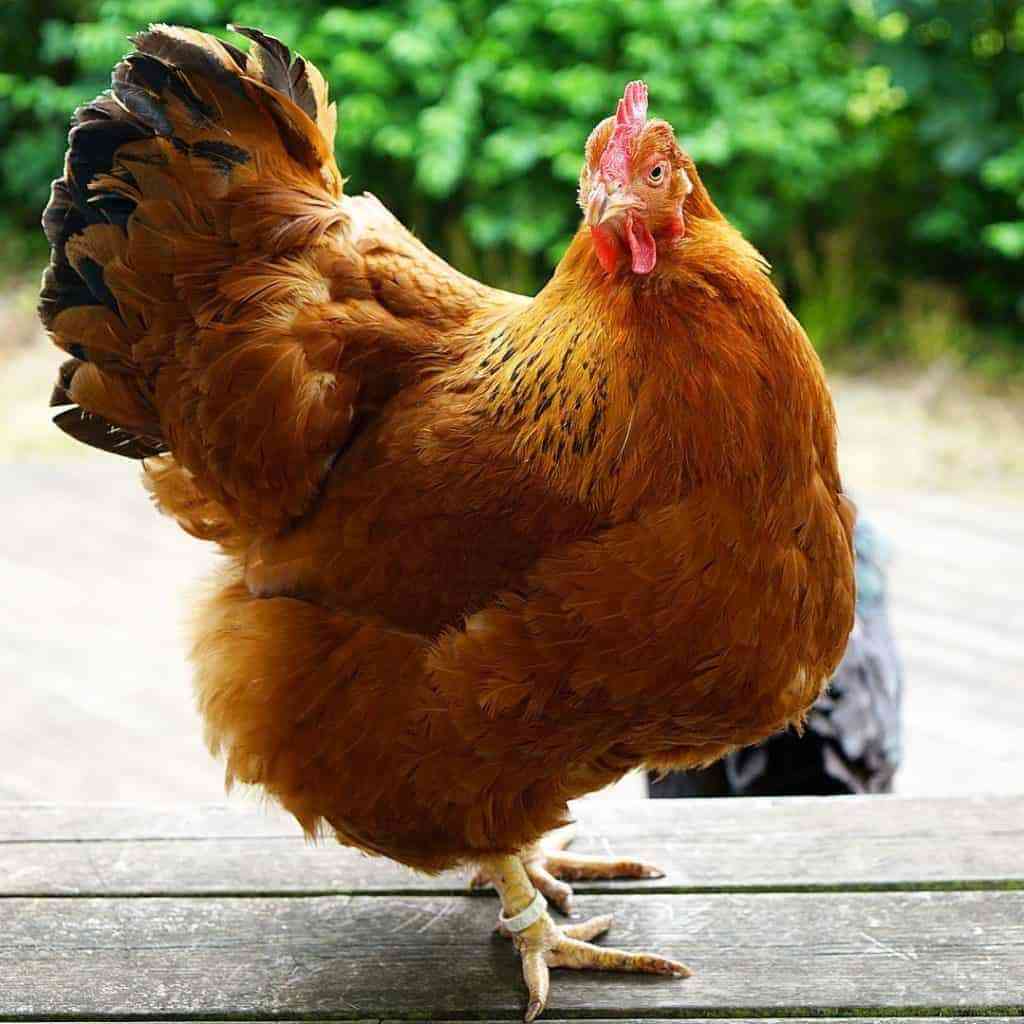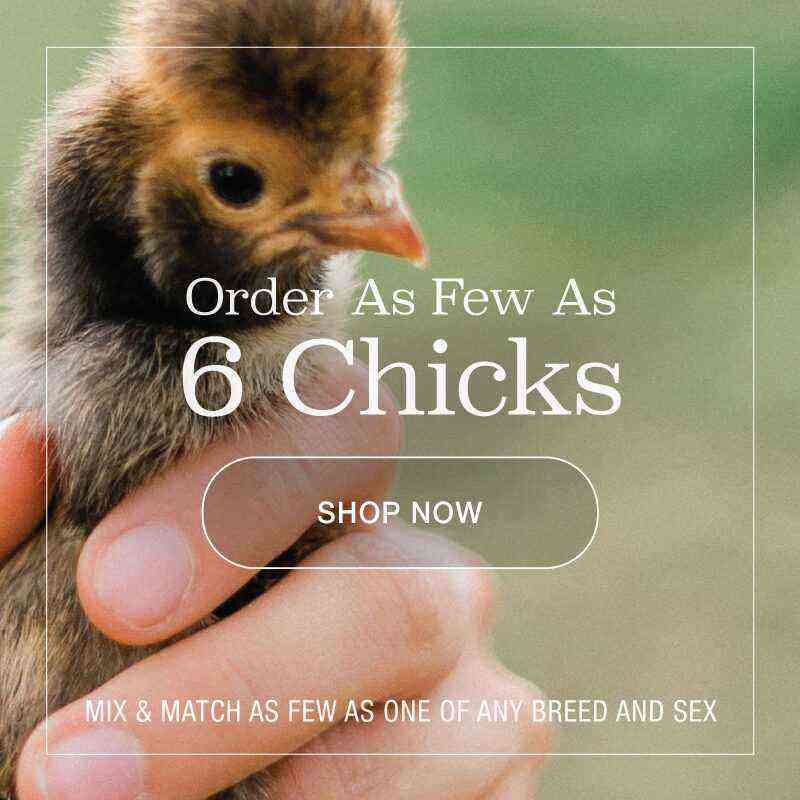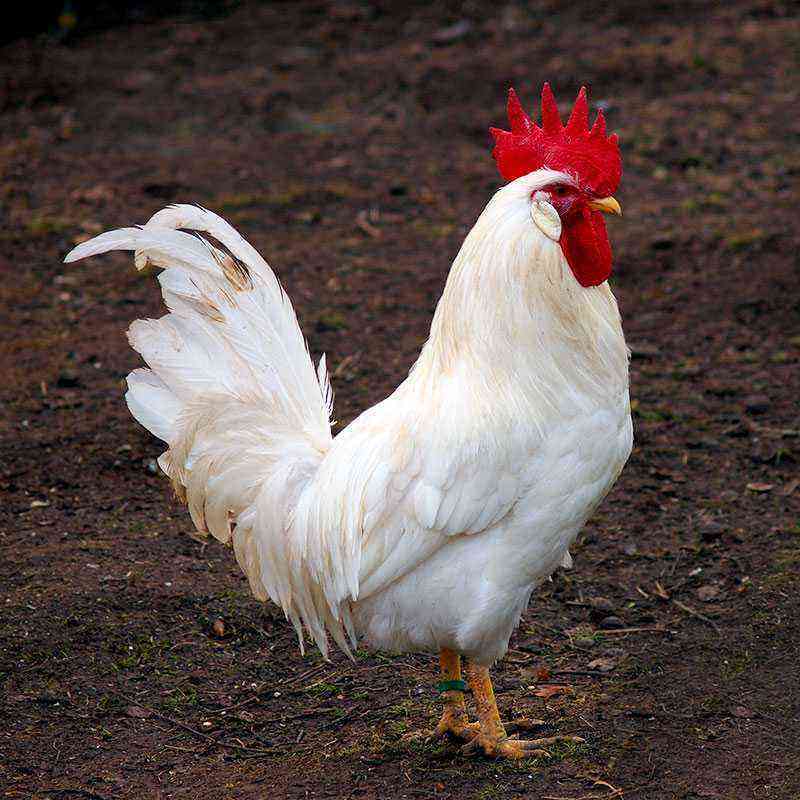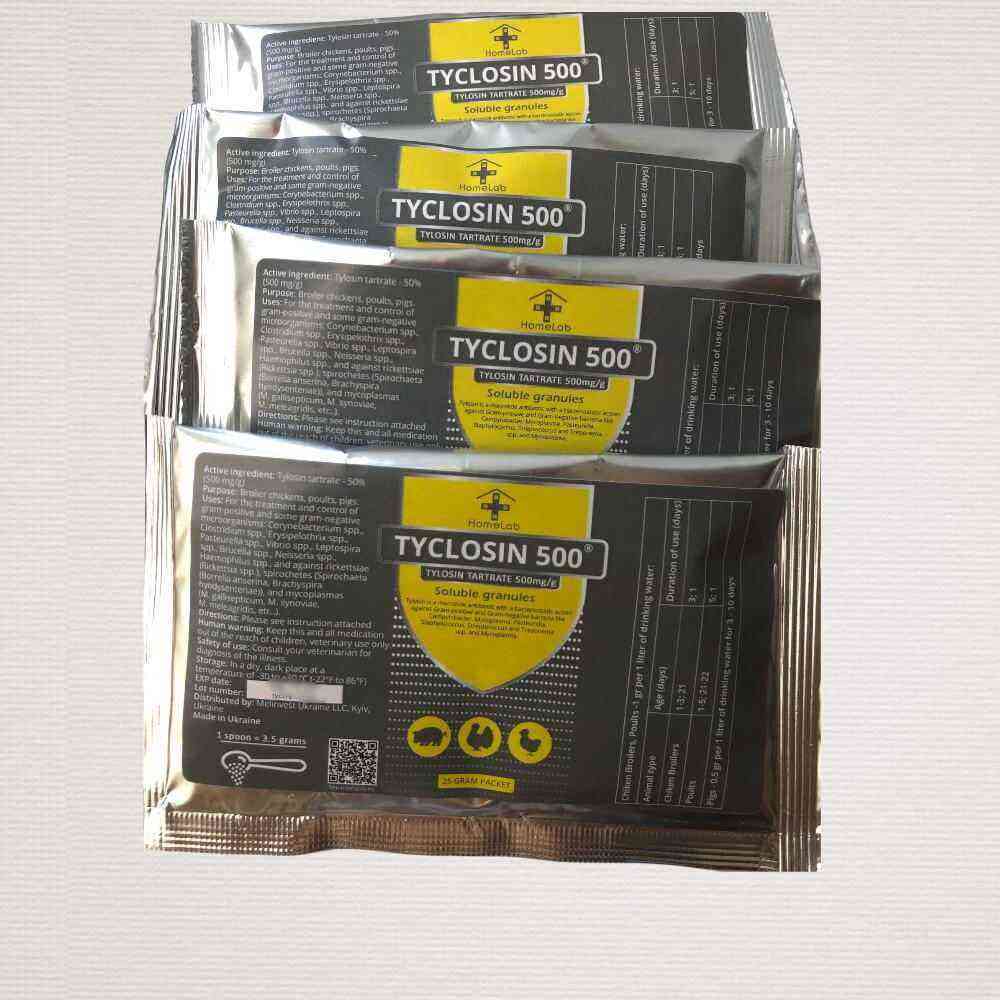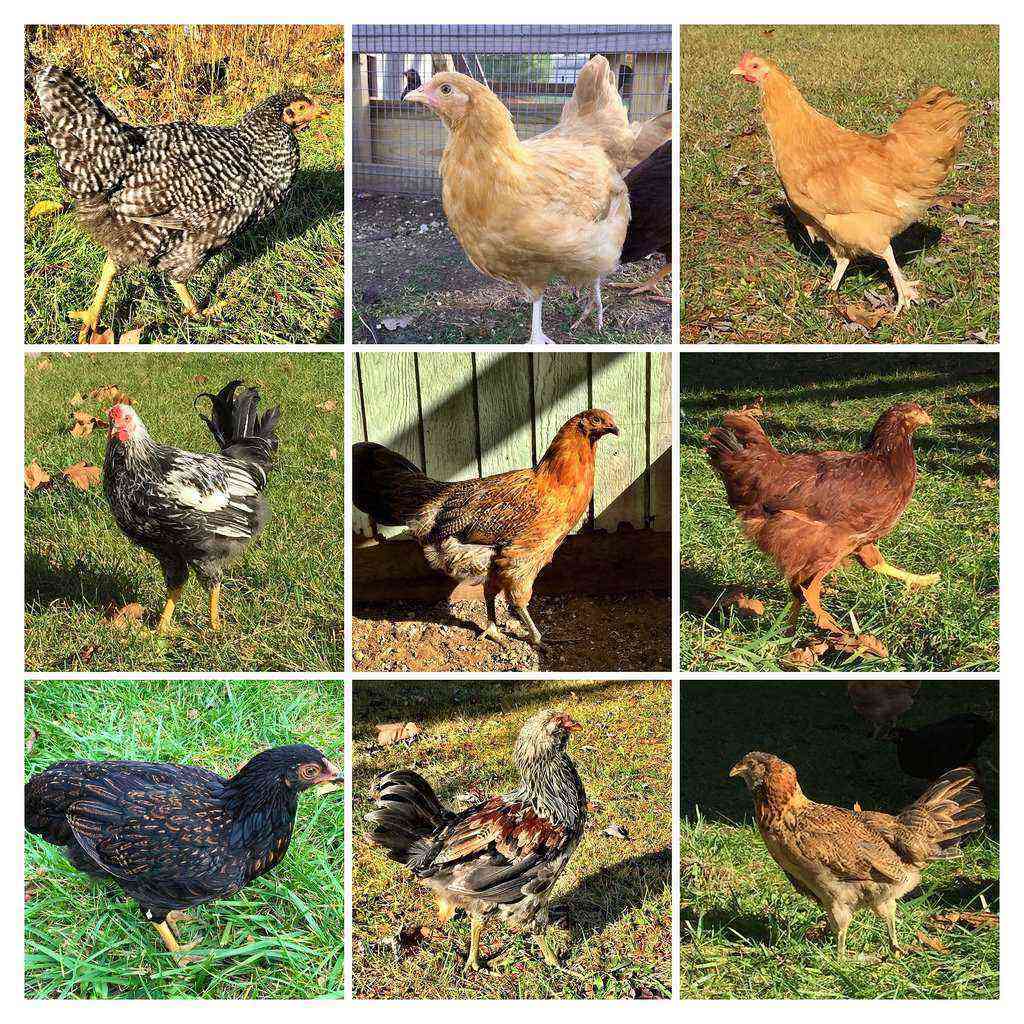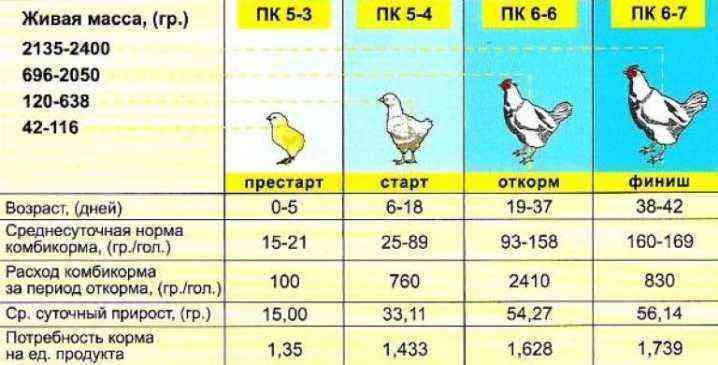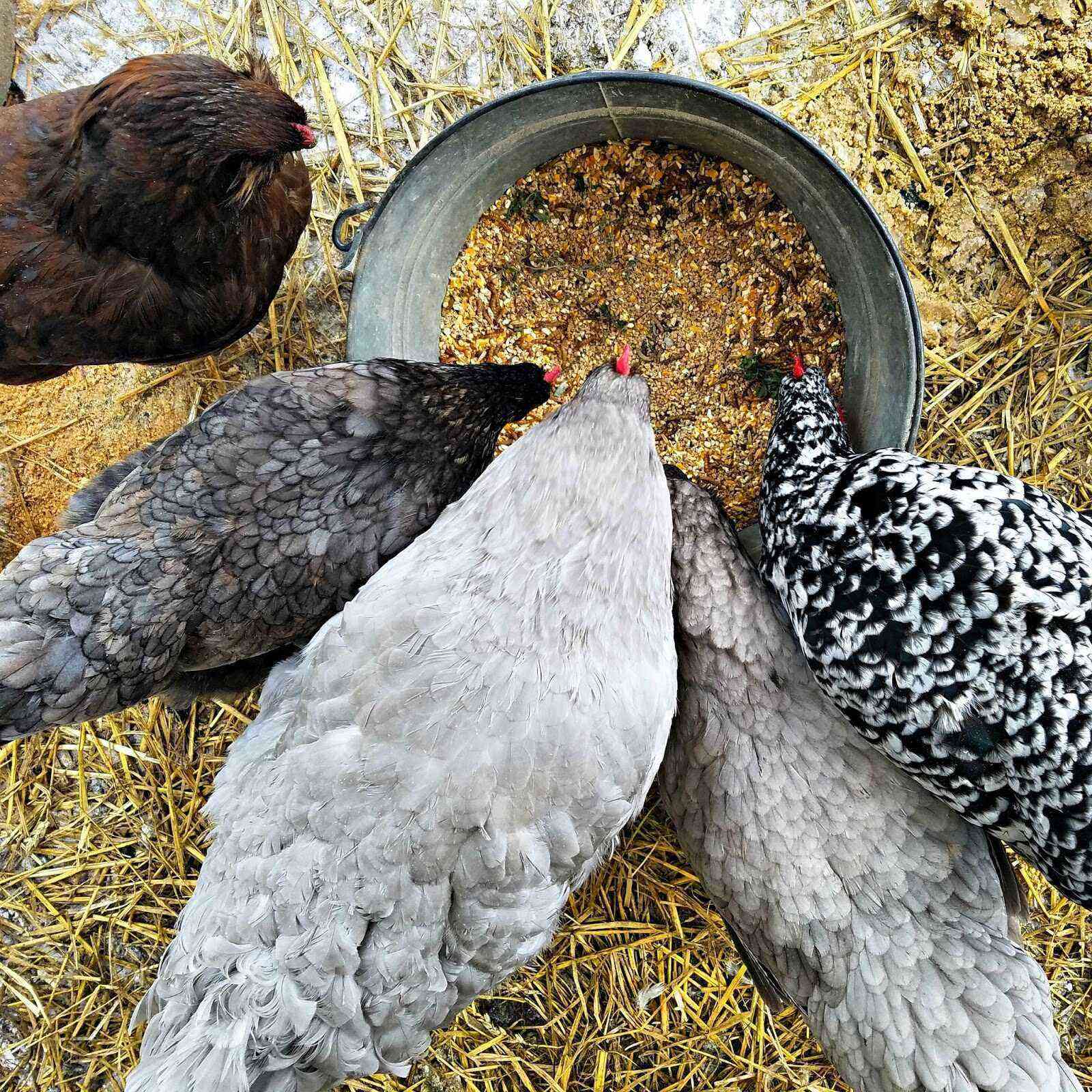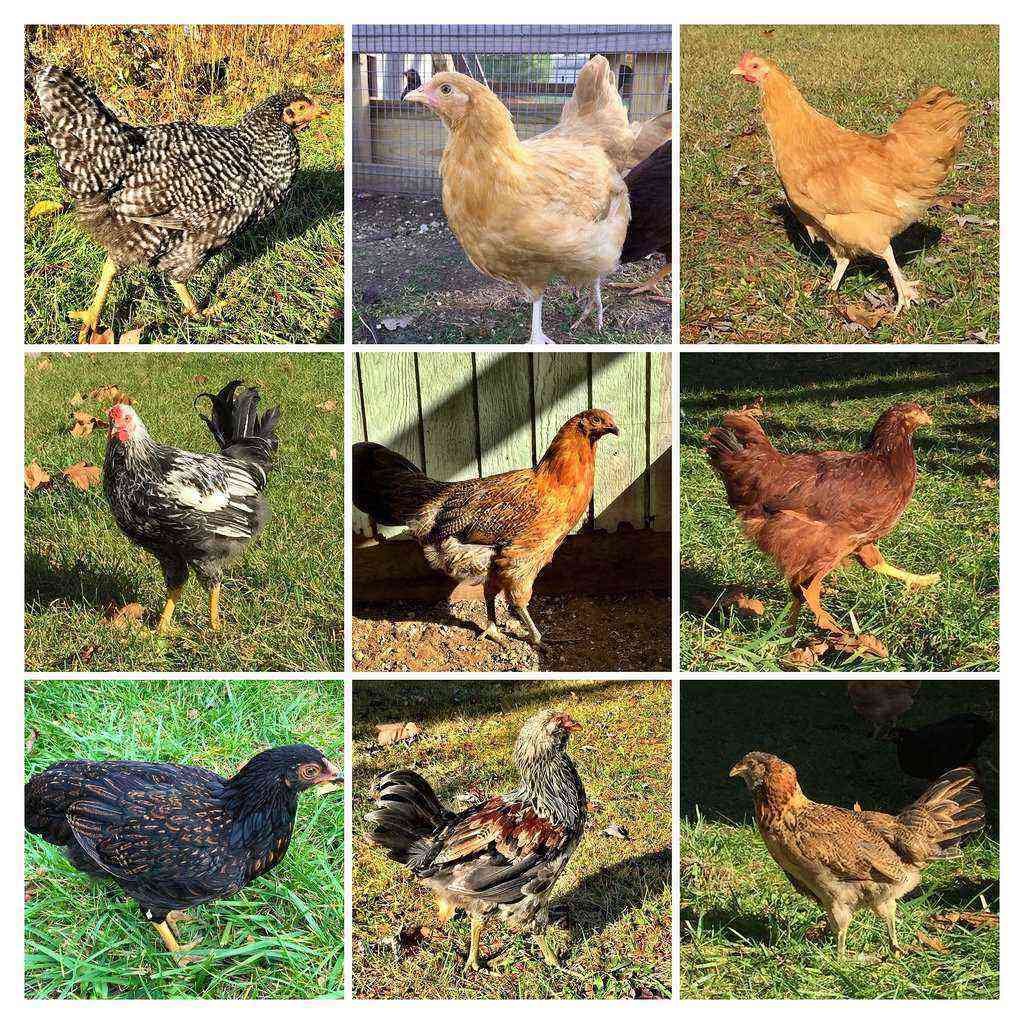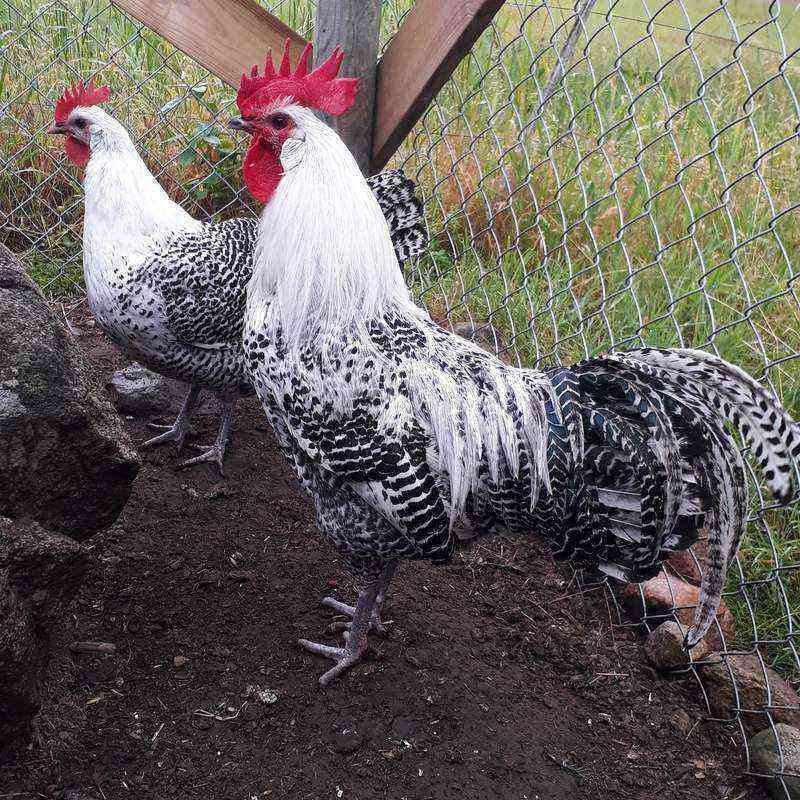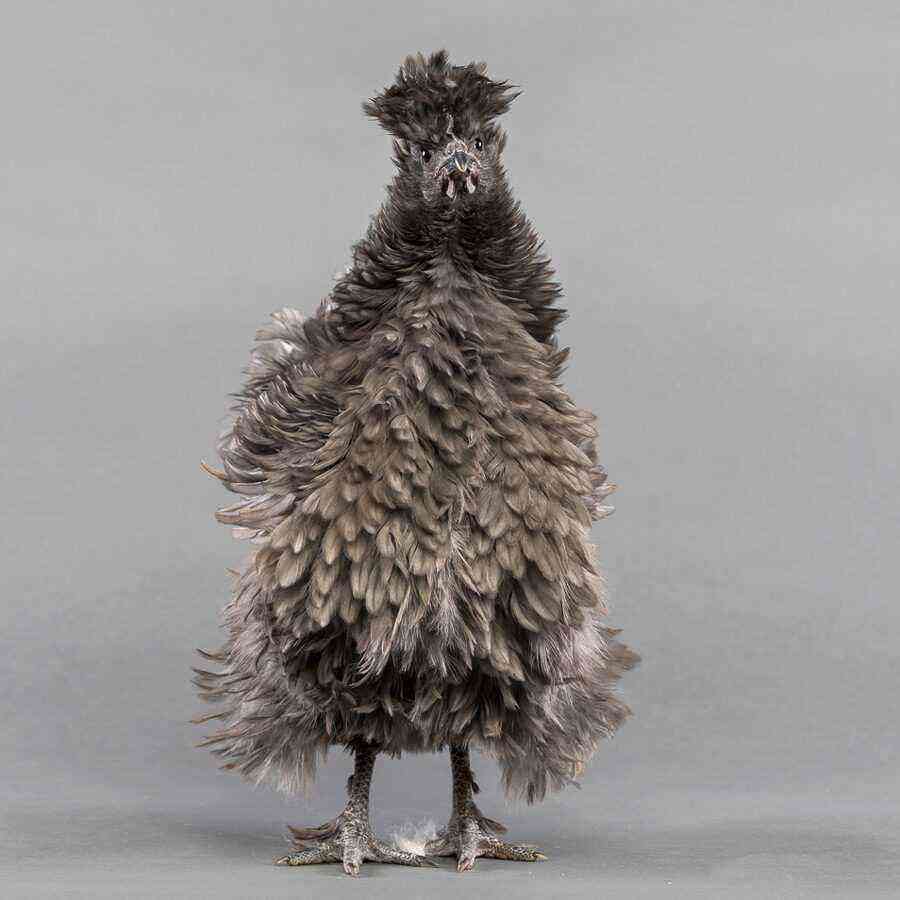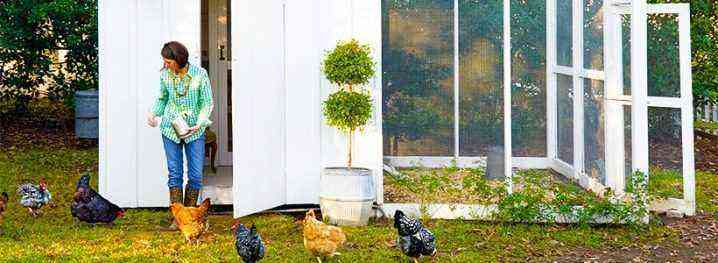Breeding living creatures in your personal courtyard is a profitable occupation. Chickens are the best for this. How nice it is when there are always fresh eggs in the house, and this does not require much effort. And if you start chickens of the Phoenix breed in the chicken coop, then doing business will bring you not only profit, but also great pleasure.
What is it?
It is believed that purebred representatives of this breed do not incubate eggs themselves. And in order to continue breeding, breeders put their eggs under chickens of other breeds. Maybe the unusualness of these chickens is due to the fact that they were bred in the countries of the East. It is not for nothing that these birds have a magnificent tail (there are specimens with 10-meter tails, their plumage is not subject to molting, it only changes within 5 years), a low standing scallop (reminiscent of a walnut), an ash-blue hue of the beak, a regular-shaped head and dark orange eyes.
The plumage of this representative is smooth and very dense. Due to the long tail, the male is almost unable to move independently, and the females lay cream-colored eggs. According to Feng Shui, the phoenix is believed to bring great luck to the home where it is fed and cherished.
In Japan, special birds are kept behind glass so that people watching them cannot harm them, and in China, such representatives of chickens protect temples. Therefore, in the East, it is not customary to eat birds.
To have a correct idea about this bird, you need to know the standards and its description.
The main difference is the narrow feathers (integumentary) of the tail. It is flat and long. There are German standards. They are slightly different from the Japanese ones (the tail of the German phoenix reaches 3 meters).
On a rather small head are white lobes, earrings are of medium size, and the comb keeps its shape well.
The shape of the chest is correct, the skin on the tummy does not show through the feathers, and they also fall on the back, and the neck is set low.
A slender body and a low silhouette, and the shoulders seem to taper downwards.
The color is varied: there is a snow-white, orange, silver color, and the tail and wings have a dark shade.
The legs are not long, with thin spurs, and the lower leg is covered with dense plumage. On the lower back is a rich and dense plumage.
The mass of roosters is 2,5 kg, and that of hens is 2 kg. Naturally, the weight can fluctuate, as it depends on the quality of the feed and the content.
The meat of the phoenix is delicious, but it is unlikely that anyone will kill such beauty for the sake of eating a small amount of chicken.
The eggs of this breed of chickens weigh 50 g. The productivity of one chicken is approximately 50 – 80 eggs per year.
It should be added that the phoenix is distinguished by species diversity. At this stage, there is a species with the following qualities: the head of the rooster is painted dark brown. In the hen, it is surrounded by an oval rim, and the plumage color is black. However, the top of her body has brown blotches, but the feathers on her tail are black.
Another direction in this breed: the neck of the chicken is golden in color and shimmers in the sun. Her body is brown and her feathers are too, and her breast is grey. The cockerel has a yellow color of the loin, and it casts gold. There are black blotches on the back, head and neck. The tail is black with a green sheen, and the flight wings are brown or black.
There are also such representatives: roosters have an orange saturated color of the head, turning into red. The chicken has a slightly lighter head. The presence of a greenish tint on a dark gray body is allowed. Roosters and hens of completely white color are of great interest to breeders. Another species is a white or gray head and the body of the same color with black patches, and the tail is black with a beautiful sheen.
Content Rules
This breed of chickens requires special attention. Keeping birds includes a certain microclimate in the chicken coop. Very good ventilation required. The temperature in the room should not fall below +5 C in winter. And ideally, the average temperature should be about +12 C (it can be a little higher).
It is allowed not to release the bird outside for several days, if weather conditions do not allow. The main thing is that on those days when it snows outside or it is very cold, the room should be dry and warm. Do not forget that the barn must be perfectly clean.
To do this, disinfect every six months. This way you will avoid infecting your pets with parasites, pathogenic bacteria and microorganisms.
These birds rarely molt, so they require special conditions. Install a wooden box in the chicken coop, fill it with sand and ashes. In it, your hens will carry out self-disinfection of their feathers. When forming a poultry house, consider the height of the perches. Since the rooster has a very long tail, the height of the wooden installations must be sufficient so that the tail of the males does not reach the floor.
The bedding on the floor should consist of shavings or chopped straw.
If you decide to make concrete floors, then they should only serve as a base for bedding. Unfortunately, pure wood floors encourage mice and rats to breed. Therefore, choose the best option. The presence of a large amount of natural light in the room is very important, and the room itself should consist of wood and be insulated. So it will be easier for you to maintain the temperature and the desired humidity. The presence of drafts is unacceptable.
The cellular content of this breed is also unacceptable. Otherwise, the plumage may deteriorate. Place perches very far from the front door, windows and vents. The perch should be about 35 centimeters wide, and place it in the darkest part of the coop.
Feeders and drinkers must be in constant access, otherwise delicate individuals may be injured.
Considerable attention should be paid to those individuals that are intended for exhibitions. A rooster with a tail not exceeding 2 meters can walk in the fresh air on its own. If the tail exceeds this threshold, then it is necessary to keep an eye on such an important pet and wind specialized curlers around its tail. This breed of chickens flies well, and therefore walking areas must be fenced with a net around the entire perimeter and even from above. It is rather difficult to buy young animals for breeding the Phoenix breed in Russia. Therefore, buy specimens for breeding abroad and require a certificate confirming the purity of the breed.
Rules of breeding
As already mentioned, phoenix chickens are not able to breed chickens on their own. Therefore, their eggs are placed in incubators or planted on a roost of hens of a different breed. Remember that you need to observe the temperature regime when it comes to the incubator.
And if you laid eggs on a hen, then make the right nest.
To do this, place no more than 12 eggs in it (do not be greedy, otherwise the chicken will not cope with the task). Check their viability when the hen “leaves” on her business (in no case expel her from her place). Spoiled eggs are best removed about 3 days after the bulk of the chicks hatch. It is advisable not to touch them with your hands (otherwise the chicken may leave the nest, and you will have to mess with the brood yourself).
If the hen brought out few chickens, then she can additionally put some more (carry out this procedure at night).
After all the chicks have hatched, dried and warmed up, try to gently lower the perch lower so that the hen brings the chicks out of the nest on her own. In the fresh air, the first walks will be possible on the 4th day (there should be warm, sunny weather outside). Until this time, the crocodile will have time to teach its brood the rules of behavior. Those chickens that were hatched in the incubator are kept in a warm box for about 8-10 days (at the optimum temperature of + 25-30 C). For heating, it is best to use infrared lamps.
Tip: chickens should not be heated from below, for example, by placing a box on the stove.
Their survival directly depends on the right diet. Dishes should be clean and in the same place. The presence of water is essential. This requires special drinkers. Do not add manganese to water. It loses natural immunity.
In the first 2 weeks, feeding should be done every three hours. Provide lighting and heat continuously.
How to feed chickens (per chicken per day).
The first 5 days: cottage cheese – 1-2 g, greens 1 g, egg 1-2 g.
Day 6-10: cottage cheese – 2-3 g, egg – 3 g, cereals – 3 g, greens – 5 g, mineral feed – 0,5 g.
From 11 to 20 days: cottage cheese – 5 g, greens – 10 g, cereals – 10 g, mineral feed – 1 g.
From 30 to 40 days: cottage cheese – 6 g, greens – 12 g, cereals – 12-15 g, mineral feed – 1,5 g.
In the nutrition of adults, one must take into account the fact that this breed does not have a high egg productivity. Therefore, their diet should not be high in calories. It is better to add more mineral supplements to the food that improve the condition of the plumage. It is necessary to feed according to the following scheme (how much feed is required per 1 head per day): succulent feed – 40 g, cereals – 40 g, protein feed of animal origin – 10 g, bone meal – 1 g, salt – 0,5 g.
If the chickens are outdoors for a sufficient amount of time and have access to grass, then reduce the amount of food at your discretion. Try to keep your livestock from getting sick. To do this, add specialized vitamin and mineral supplements to food according to the scheme indicated on the package. Thus, you prevent the development of rickets and raise the immunity of the livestock.
Various infectious diseases pose a very great danger to the chicken herd. If you notice symptoms such as inactivity, diarrhea, loss of appetite, croaking sounds, contact your veterinarian immediately. No less dangerous are invasive diseases. They manifest themselves in restless behavior, loss of plumage and weight. These diseases are caused by various parasites. Specialized treatment will help to avoid the death of the entire livestock.
For more information about Phoenix chickens, see the following video.
